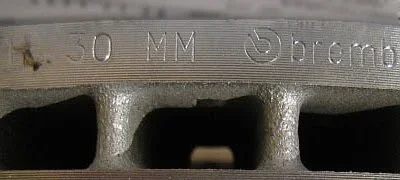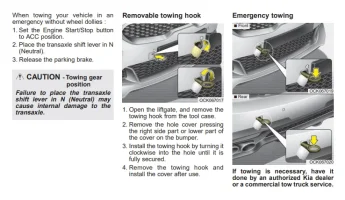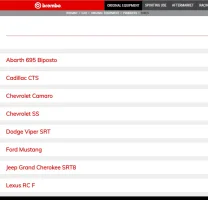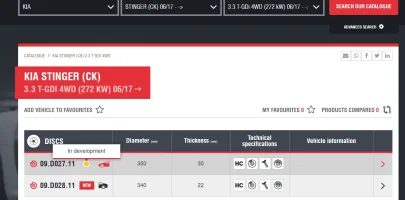The Stinger is certainly track capable - it's just not track ready off the showroom floor, and it will never be a track monster, as you've said.
Sure, it'll get around - but you'd end up cooking stock fluid and pads at a minimum if you're on any sort of reasonable track, simply because going hard on a track is hard on brakes (more so in a torque converter automatic where you don't get the benefit of good engine braking like you do in a manual, dual clutch auto or even CVT to some degree), and the stock pads and fluid are chosen for road-use, not track use, where slowing down rapidly from high speeds occurs frequently.
Better fluid and pads would certainly be advised - you want a higher temperature rated fluid (650F fluid is good) so it boils at a much higher temperature (ideally at temperatures you're not going to reach, because once it boils, you get bubbles, and they're bad), and you'd want pads that can cope with higher temperatures as well. I'd advise fresh fluid as well, not fluid that's been in the car for any particular length of time, as brake fluid tends to be hydroscopic (it absorbs water, and water boils at 212F).
Add a fire extinguisher. Most track day operators here (certainly all do under CAMS or AASA) require them as part of supp regs.
You also want a tow hook at each end (an obvious one at that), so if you do bin the car into a gravel trap (or worse), they have an easy to recognise place that they can attach a tractor to pull you out.
And for the love of pete, wear a helmet. Again, most serious track day operators will require this - but I've seen evidence of stupidity on racetracks at organised meets where helmets have not been worn, and it's mind-blowing just how dumb people can be.
Things like oil/transmission coolers are optional - without them, you won't go slower per se, but probably can't drive hard for as long. Swaybars and suspension upgrades are probably "nice to have" if you're serious about setting your car's best times.















